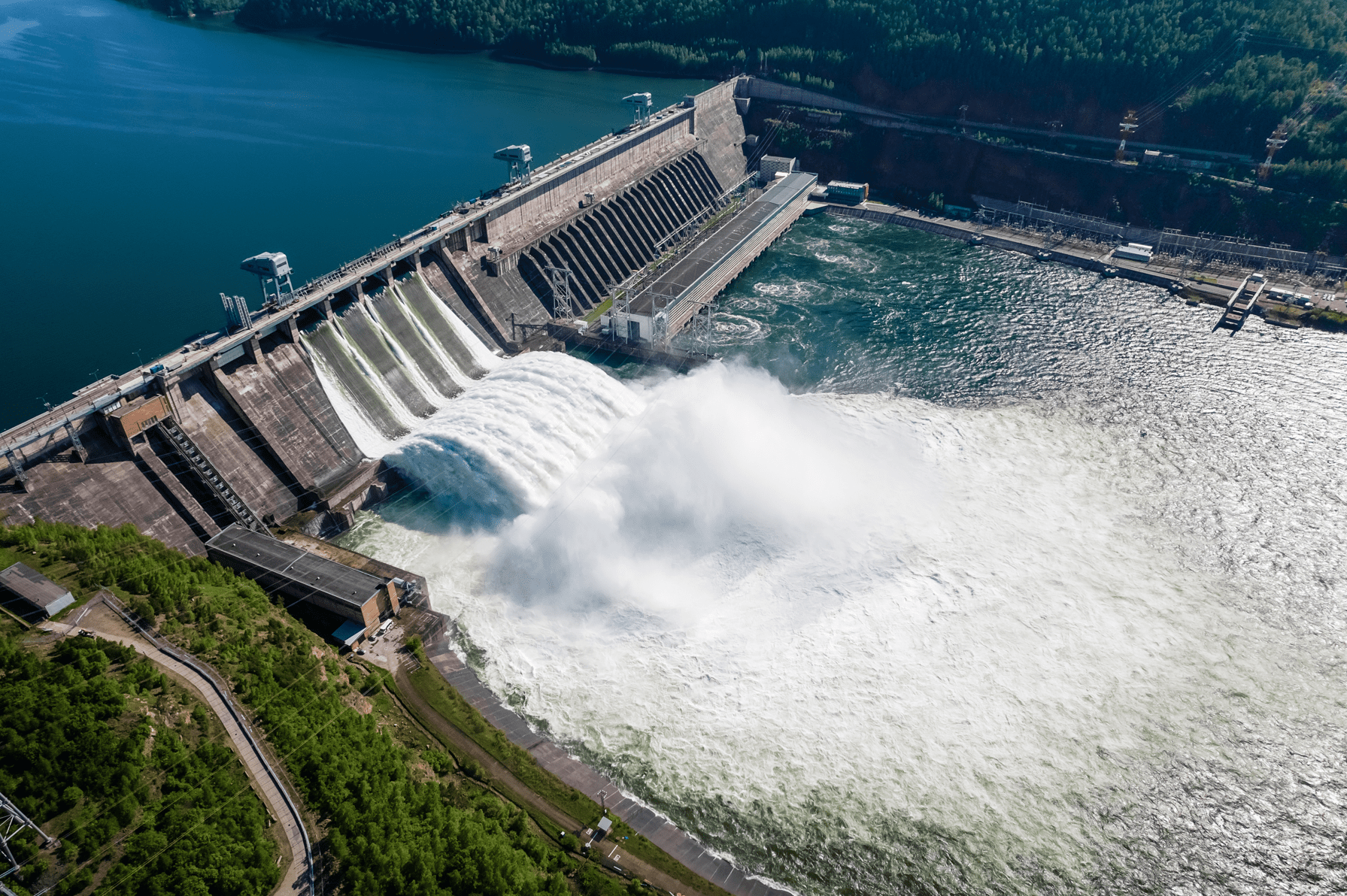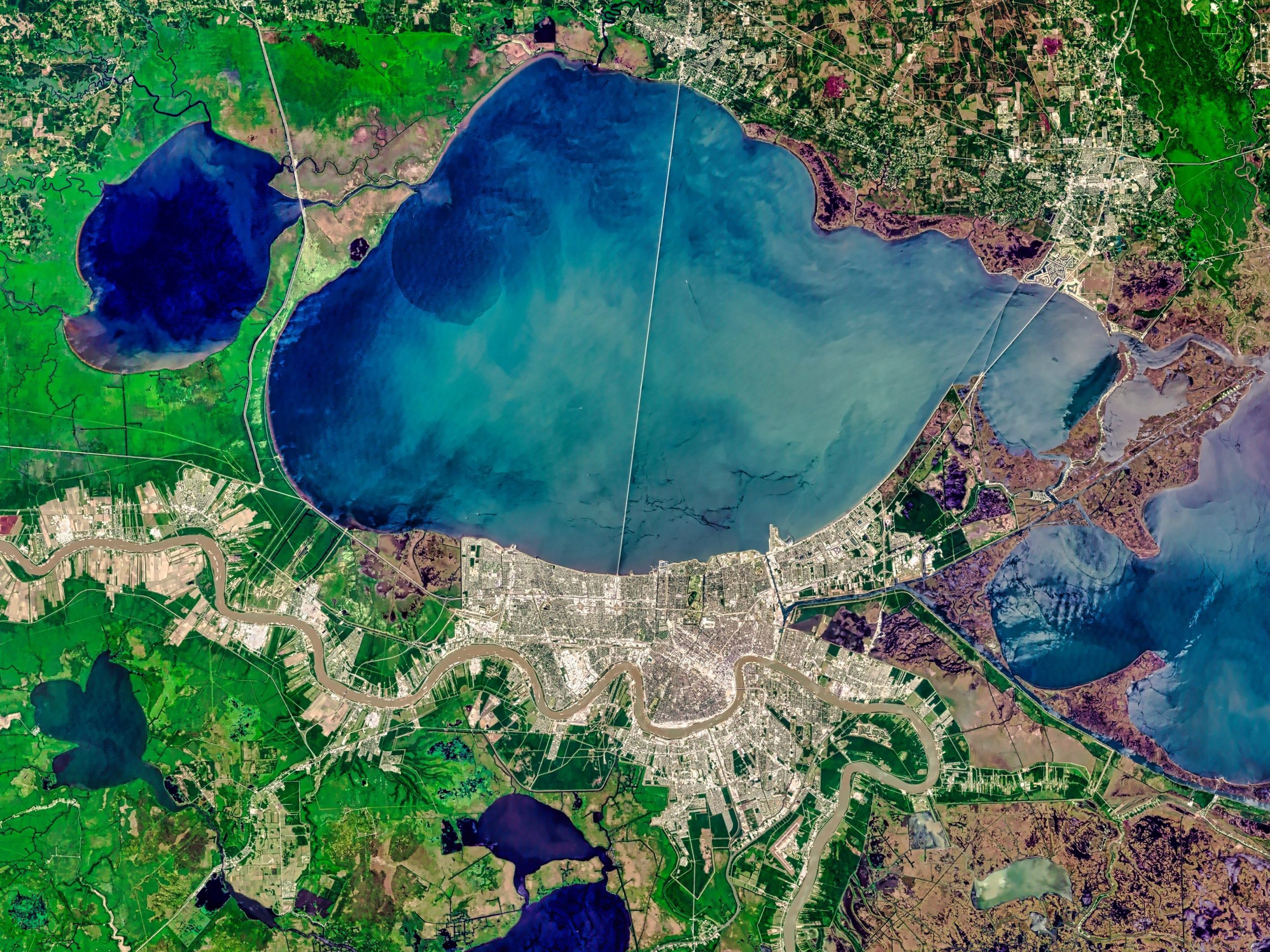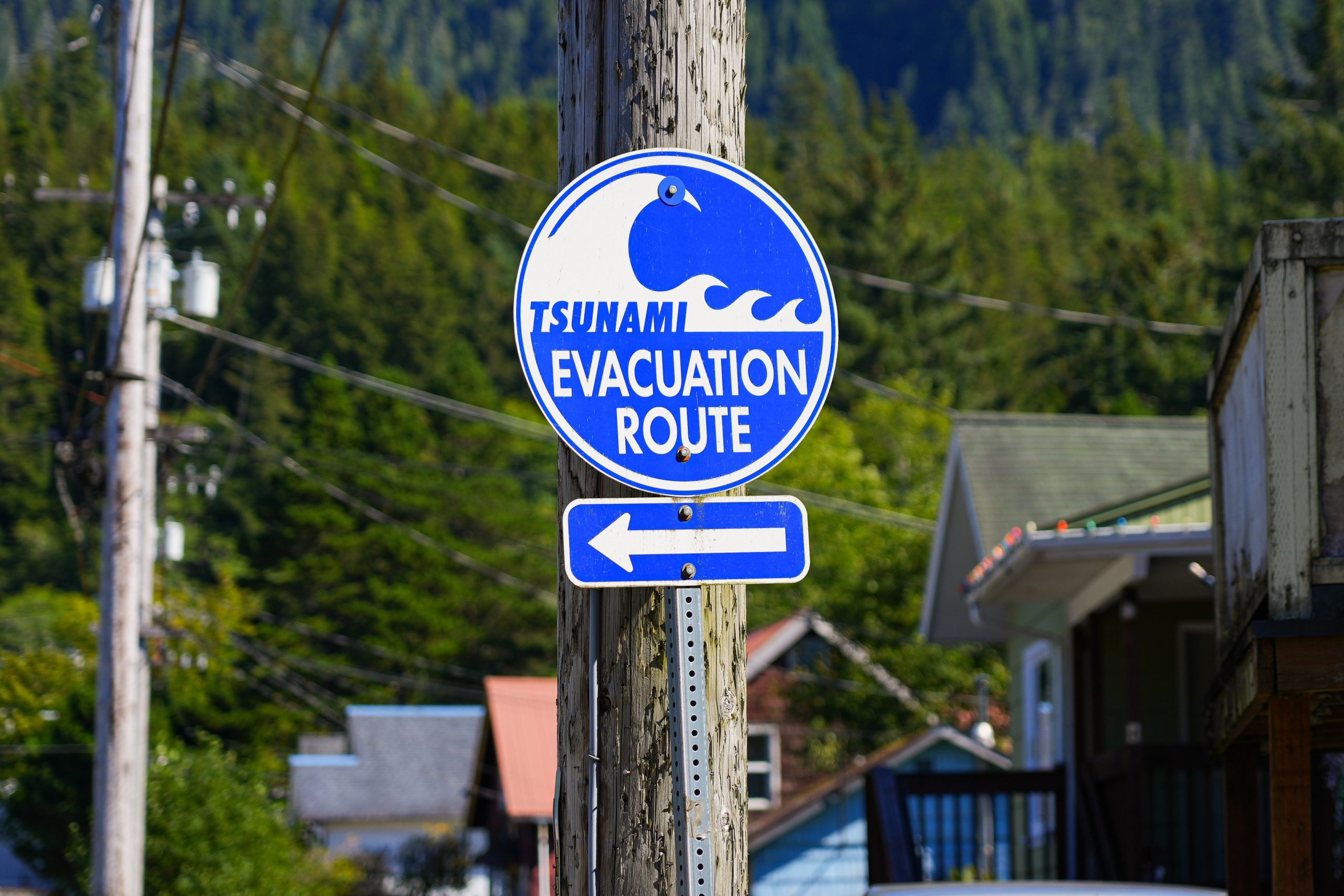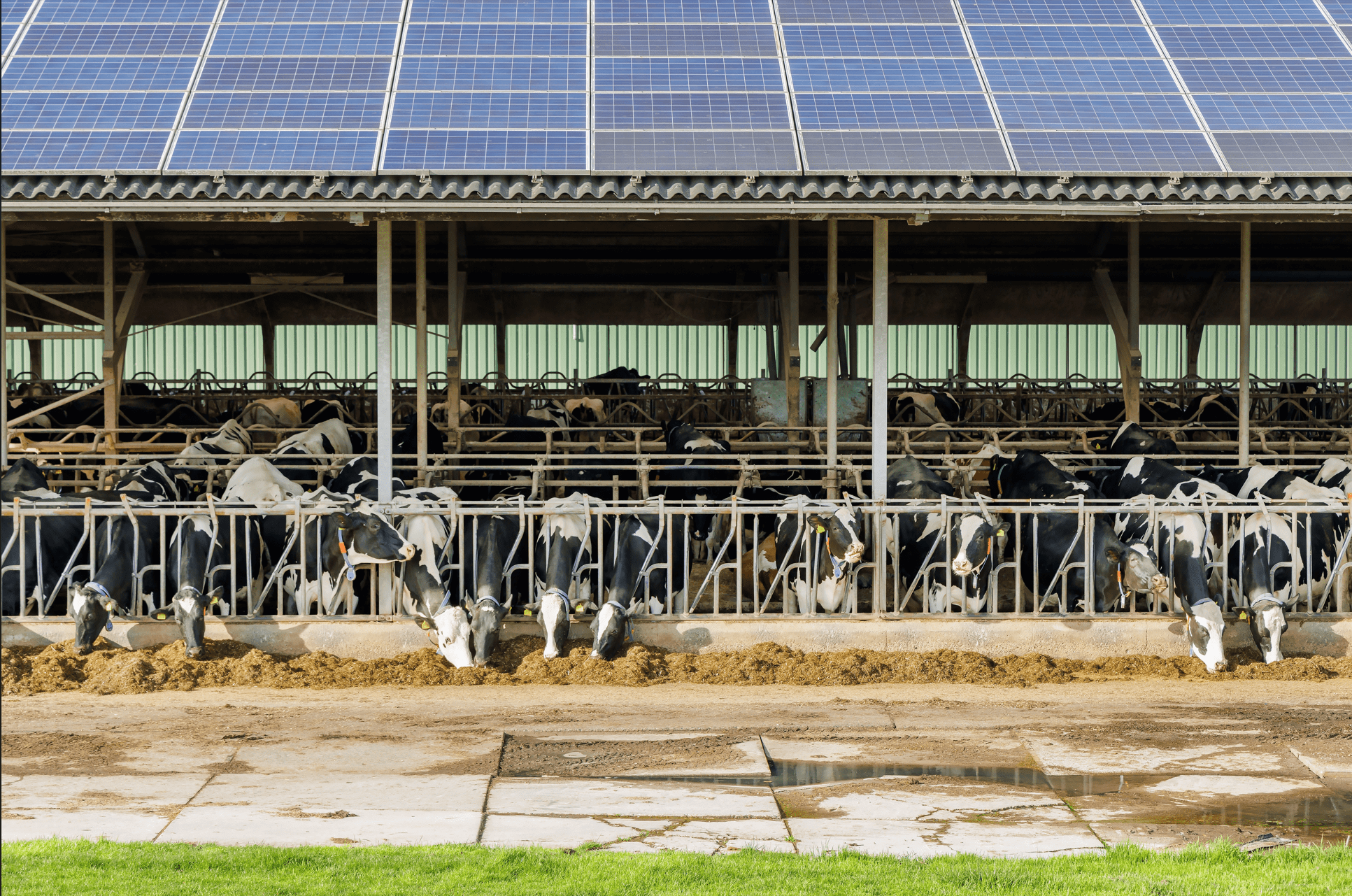
As of the Department of Energy’s 2023 Hydropower Market Report, domestic hydropower generation comprised more than six percent of total electricity generation and almost 30 percent of renewable energy generation.
The majority of American hydropower facilities are storage-based, where dam-created reservoirs release water toward turbines according to demand. These differ from conventional facilities that run off a river’s current force. Pumped-storage hydropower (PSH) facilities are a special sort of storage facility. They involve two reservoirs, one at a higher elevation than the other. Water is pumped from a source up to that higher reservoir, and then released as demand requires to power turbines located in the lower reservoir.
While hydropower generation is concentrated in the West, small, medium, and large sources in the millions of kilowatt hours (kWh) exist nationwide — in fact, every state besides Delaware and Mississippi have some sort of hydropower generation capacity. Washington (60,840 million kWh), California (31,887 million kWh), New York (27,700 million kWh), and Oregon (24,829 million kWh) led the nation in terms of hydroelectricity generation in 2023. The bulk of hydroelectricity is still generated via large capital projects constructed by the federal government; Washington remains the standout and is the home of the largest hydropower dam in the country, the Grand Coulee Dam.
It is important to note that generation capacity and actual generation vary based on precipitation levels and drought conditions. For instance, while Washington state comprised 27 percent of net generation capacity in the summer of 2023, the state realized 25 percent of national hydroelectricity generation due to fluctuations in precipitation.
As a more stable power source than solar or wind, hydroelectricity is a key renewable energy source for the United States to develop. Between 2019 and 2021, hydropower units were about 80 percent active, at 79 percent for small units, 83 percent for mid-sized units, and 78 percent for large units. Increases in drought due to climate change may undermine the productivity of dams. However, impacts so far have been marginal. For example, extreme drought conditions in the west from 2020 to 2021 caused net hydropower generation for the period to dip just 4.2 percent from the previous decade’s annual generation average.
The Infrastructure Investment and Job Act (IIJA) contains the Maintaining and Enhancing Hydroelectricity Incentives program, funded at $553.6 million. The competitive grant program announced its funding recipients on September 5, distributing about $466.7 million to 293 recipients in 33 states.
The awarded funding will be used to increase grid resilience, improve dam safety, and ameliorate environmental and recreational conditions surrounding hydropower facilities and infrastructure. At the facility level, this amounted to many smaller awards driving repairs and machinery replacements or generalized “grid resiliency” upgrades. Awards ranged in size from $7,200 to $5 million. More than half of the awards, 165 in total, amounted to less than a million dollars.
Coupling battery storage systems to these facilities can potentially expand and increase the resilience of this reservoir of power. The 2023 Hydropower Report indicated that at least 11 hydropower facilities nationwide have already added or are planning to add battery capacity, aiding hydropower’s ability to stabilize electricity supply.
Some proponents of renewables point to the comparable stability of solar or wind resources coupled with battery storage systems. The concept is the same — generate when resources are available and bank it for later, for solar storing during the day and releasing at night and for wind storing during ideal conditions and releasing when winds flag. The infrastructure and investment necessary to bring solar and wind projects online is also less unwieldy than the planning, permitting, and massive capital investment involved in hydropower development; dams are also more disruptive to the environment and complicate Indigenous access to heritage subsistence sites, as highlighted in the discussion to remove the dams on the Klamath River.
The Department of Energy stands by hydropower as a renewable source for the future, however. Most of this reasoning is derived from hydroelectricity’s addition of resilience to grids nationwide. Currently about 96 percent of grid energy storage is derived from PSH facilities. Other hydropower technologies such as run-of-river hydropower facilities or closed-loop pumped storage systems and ingraining design elements such as fish passages and fish-friendly turbines can ease some of these worries. A clean energy future will require a combination of hydroelectricity, solar, wind, and other renewable resources — building out or encouraging one kind of resource should not detract from the benefits of others.


